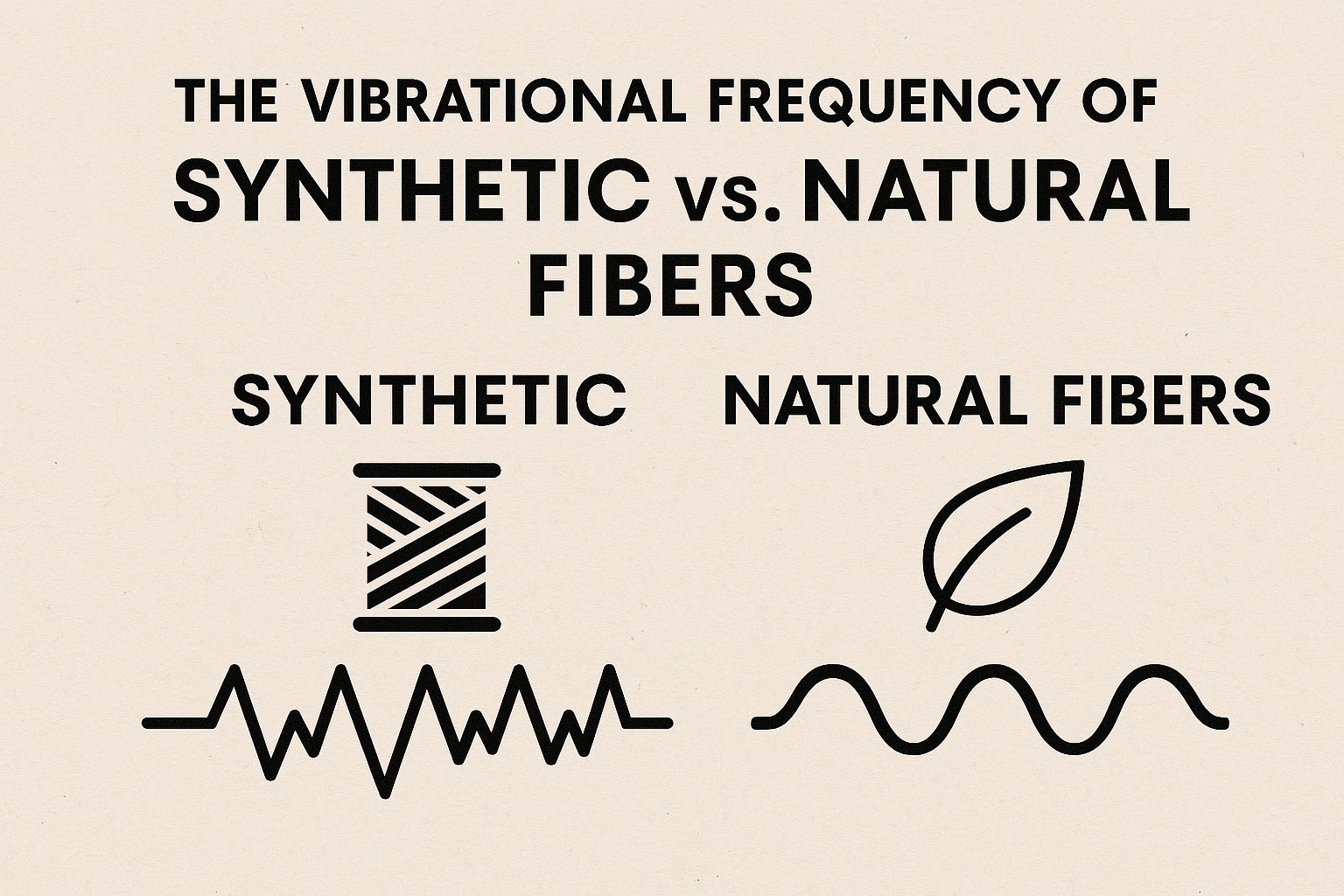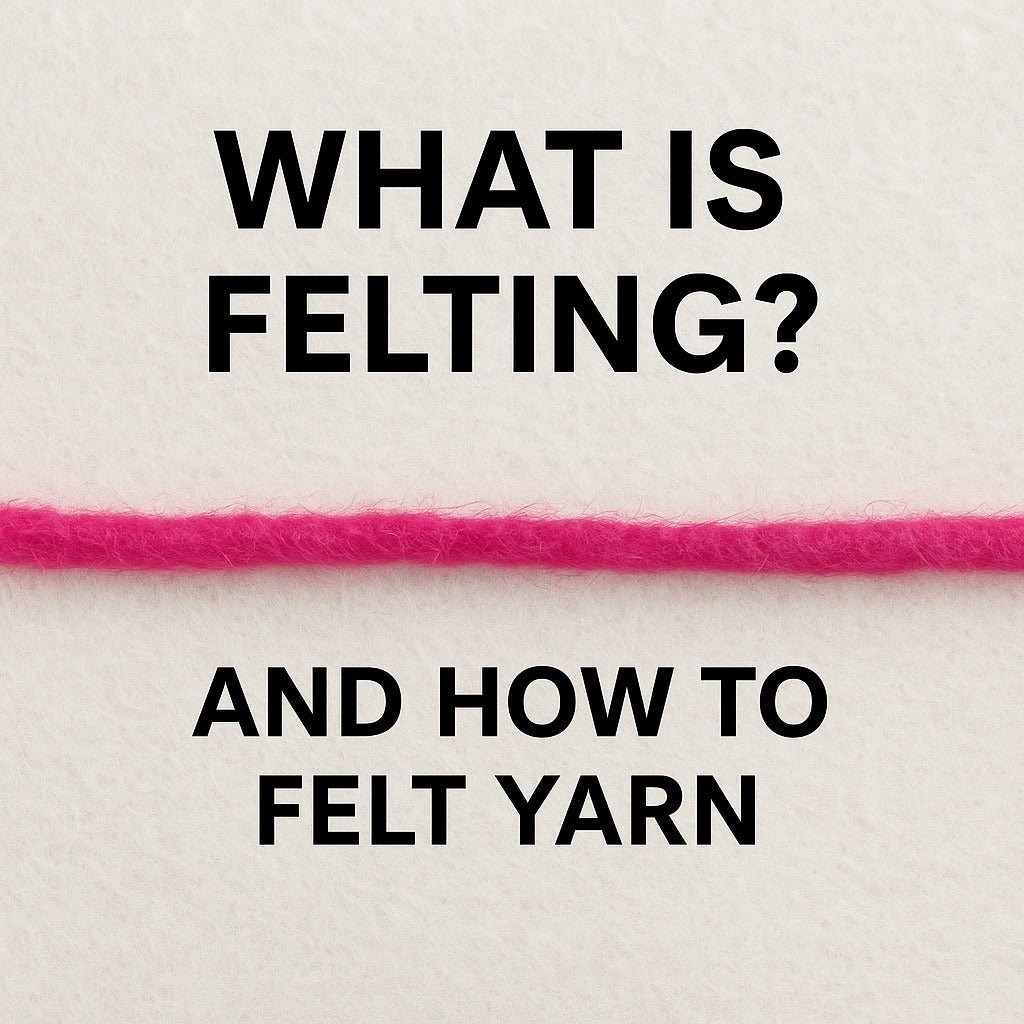When it comes to choosing fabrics, the vibrational frequency of natural versus synthetic fibers can have a profound impact on our overall well-being. Natural fibers, sourced from the earth and animals, are believed to resonate at a higher frequency, aligning with the body’s energy field and fostering a sense of harmony. Synthetic fibers, on the other hand, are often seen as lower in frequency and may have energy-disruptive qualities.
Here, we’ll explore the unique frequencies of luxurious natural fibers like alpaca, cashmere, mohair, and merino wool, and contrast them with synthetic fibers, highlighting why natural options can often be the better choice for body and mind.
1. High-Vibration Natural Fibers: Alpaca, Cashmere, Mohair, and Merino Wool
Natural animal fibers carry specific energetic frequencies that can profoundly impact the wearer’s physical and emotional state. These fibers are not only renowned for their luxurious texture and warmth but are also celebrated for their high-vibration, which promotes comfort and a harmonious state of well-being.
-
Alpaca: This fiber, sourced from alpacas in the Andes, is known for its softness, lightweight nature, and thermal insulation. Energetically, alpaca wool is considered grounding and calming, helping to balance one’s vibrational frequency. It’s hypoallergenic, which makes it gentle on sensitive skin, adding to its high-vibration, nurturing qualities. Alpaca fiber’s thermal qualities also mean it works well in both warm and cool climates, providing a consistent and comforting energy.
-
Cashmere: Sourced from cashmere goats, this fiber is famed for its silky feel and warmth. Cashmere’s vibrational frequency is often described as luxurious and uplifting, creating a gentle sense of warmth and tranquility. Many find that cashmere’s softness against the skin enhances relaxation and promotes feelings of calm. This high-frequency fiber requires gentle care, mirroring its delicate, refined energy, and is perfect for garments or accessories that bring a sense of elegance and emotional balance.
-
Mohair: Derived from the Angora goat, mohair has a unique luster and resilience. Its vibrational frequency is warming, yet airy, providing a buoyant energy that many find uplifting. Mohair’s natural sheen reflects light beautifully, symbolizing its ability to promote a high vibrational frequency that is both comforting and energizing. Ideal for colder seasons, mohair garments or blankets create a warm, comforting energy, making it excellent for soothing and promoting positive energy in one’s environment.
-
Merino Wool: Merino wool, from Merino sheep, is prized for its soft, fine texture and moisture-wicking properties. Known for its gentle warmth and adaptability to various climates, merino wool resonates with a high-frequency vibration that supports a balanced and grounded state. It’s breathable and odor-resistant, which contributes to its uplifting and clarifying energetic qualities. Merino is perfect for everyday wear, offering sustained comfort that aligns well with the body’s natural rhythms.
Each of these fibers, rooted in nature, holds a vibrational frequency that resonates with our own, supporting a state of physical comfort, emotional well-being, and energetic balance.
2. Synthetic Fibers: Low Vibrational Frequency and Energy Impact
Synthetic fibers like polyester, nylon, and acrylic, while praised for their durability and cost-effectiveness, are widely perceived to have a lower vibrational frequency. Derived from chemical processes and petroleum-based products, they often lack the harmonious resonance with human energy that natural fibers offer. Here’s why these fibers are often seen as less compatible with our well-being:
-
Polyester: This fiber is one of the most commonly used synthetics due to its durability and resistance to shrinking or stretching. However, polyester’s energy is dense and less compatible with the body’s natural frequency. Many people find it feels unnatural against the skin and may contribute to feelings of discomfort, especially in hot or humid conditions, as it traps heat and moisture. This lower vibrational frequency can create a sense of stagnation or heaviness.
-
Nylon: Originally developed as a substitute for silk, nylon is strong and flexible, which has made it a go-to material for outerwear and activewear. However, nylon’s synthetic composition is thought to carry a frequency that feels “off” or disconnected from the body’s natural energy field. Many report that wearing nylon can lead to feelings of physical discomfort or restlessness, which could potentially impact focus or relaxation.
-
Acrylic: Often used as an affordable alternative to wool, acrylic is found in sweaters, blankets, and home décor. Despite its resemblance to wool, acrylic lacks the warmth and vibrational harmony of natural fibers. Its frequency is often seen as dull or artificial, potentially disrupting the wearer’s energy rather than supporting it. Many people find that acrylic lacks the true comfort and coziness of wool, making it less ideal for garments intended to provide warmth and relaxation.
While synthetic fibers have practical advantages, such as affordability and durability, they are often viewed as having an energetically “flat” or low-frequency presence. This lack of resonance can be less supportive to the body’s natural energy field, especially when worn directly against the skin or for extended periods.
3. Benefits of High-Frequency Natural Fibers in Daily Life
Choosing high-vibrational, natural fibers like alpaca, cashmere, mohair, and merino wool can contribute to a harmonious and balanced lifestyle, whether in clothing or home environments. Here’s how these fibers align with different aspects of well-being:
-
Physical Comfort and Temperature Regulation: Natural fibers adapt to body temperature, providing warmth without overheating, which is especially valuable in wool-based fibers like alpaca and merino. This adaptability allows these fibers to resonate with the body’s energy, creating a sense of harmony and balance.
-
Emotional and Mental Well-being: High-vibrational fibers such as cashmere and mohair offer a comforting softness that can promote relaxation, calm, and emotional stability. Their luxurious texture and lightness encourage a peaceful mindset, which can be especially beneficial in creating a soothing environment or calming presence in daily wear.
-
Energetic Harmony: Because natural fibers align well with the earth’s frequency, they promote a balanced state that supports the body’s own vibrational field. Whether in the form of a soft cashmere scarf or a cozy merino wool blanket, these fibers naturally enhance the energy of any space or outfit, making them ideal for mindfulness practices, relaxation, or environments where you want to feel grounded and uplifted.
4. Practical Considerations: Choosing with Intent
While synthetic fibers may have practical applications, being mindful of their lower vibrational frequency can help in making choices that better align with your energy needs. Here are a few suggestions for using both types of fibers with purpose:
-
High-Frequency Fibers for Close Contact: For clothing or accessories worn close to the body, such as sweaters, scarves, or socks, natural fibers are ideal. They support the body’s natural energy field, enhancing comfort and emotional balance.
-
Synthetic Fibers for Occasional Use: In instances where durability and cost are primary concerns, such as outdoor gear, synthetics can be a reasonable choice. However, limiting contact with the skin and incorporating natural fibers where possible, such as in lining or layering, can reduce the potential for energetic disruption.
-
Blends with Purpose: Some fabrics blend natural and synthetic fibers to offer a balance between durability and energy compatibility. Choosing a blend with a high proportion of natural fiber, such as wool or cotton, can allow you to enjoy some of the synthetic fiber’s resilience while retaining the high frequency of natural materials.
Conclusion: Choosing Natural Fibers for a High-Vibration Lifestyle
Alpaca, cashmere, mohair, and merino wool exemplify the unique qualities of natural fibers that not only feel luxurious but also resonate with high vibrational frequencies that promote harmony, comfort, and well-being. While synthetic fibers serve practical purposes, they often lack the energetic alignment that natural fibers provide, making them less ideal for supporting a balanced, high-frequency lifestyle.
By consciously choosing high-vibrational fibers, you can enrich your environment, nurture your body, and enhance your daily comfort, making natural fibers the preferred choice for those seeking alignment with the energy of the natural world.




Comment
Thanks for this analyses! I am looking at a merino wool,baby alpaca wool and mulberry silk yarn for a baby hat- all animal fibers. This will be for a newborn. Any thoughts about mixing plant yarns(org cotton) with animal yarns such as alpaca? Many Thanks!!